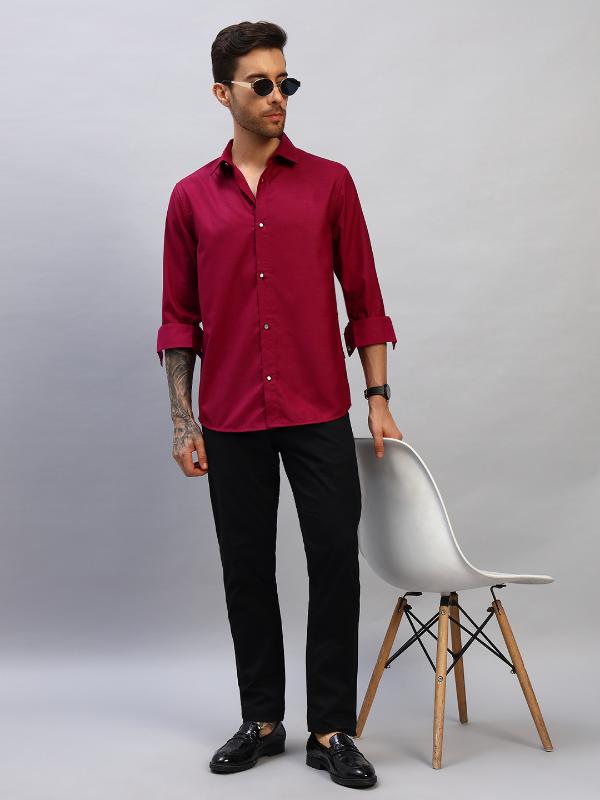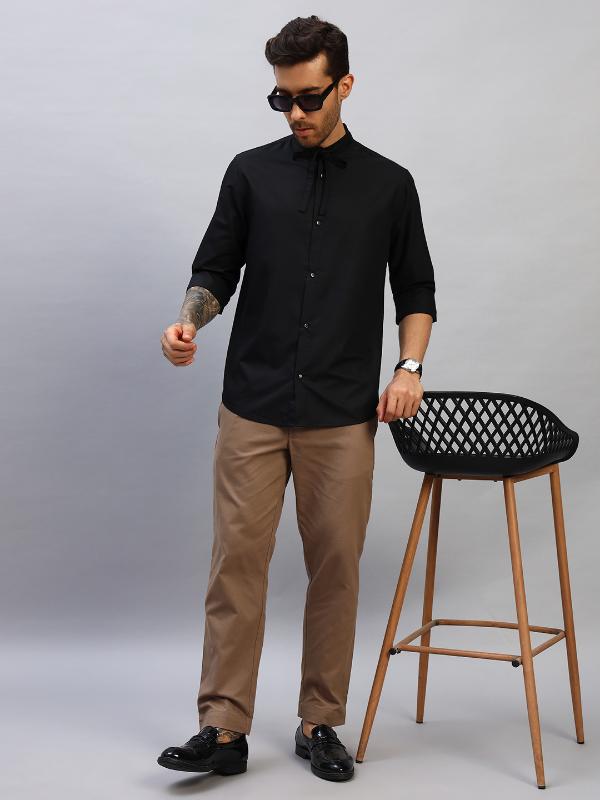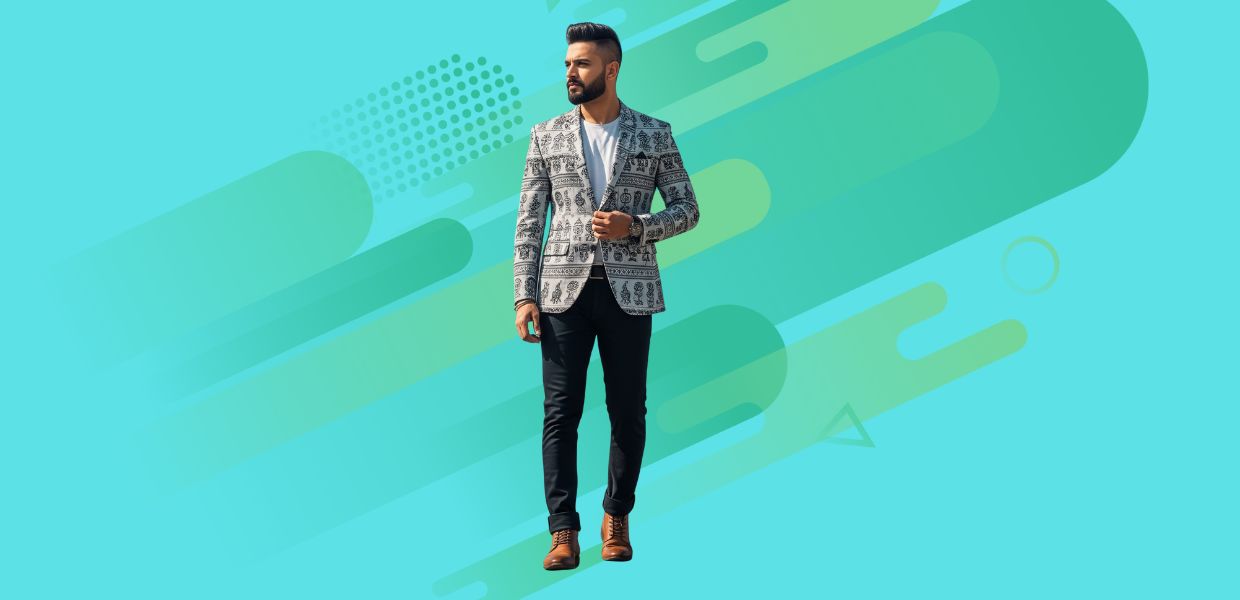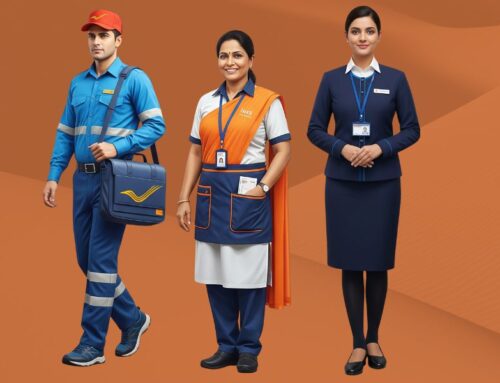For decades, the vibrant tapestry of Indian handlooms was largely confined to women’s wardrobes or reserved for ceremonial menswear. While the exquisite craftsmanship and rich cultural heritage were undeniable, their presence in everyday urban men’s fashion remained, for the most part, an whispered secret. However, a silent revolution is underway. Regional Indian handloom motifs are staging a remarkable comeback, subtly yet powerfully redefining modern menswear in urban India, moving beyond the realm of traditional attire into the very fabric of contemporary style.
Gone are the days when a man’s fashion choices were limited to generic checks and stripes. Today’s urban Indian male, increasingly discerning and globally aware, is seeking unique expressions of identity. This quest has led him back to his roots, albeit with a modern twist. Designers, both established and emerging, are recognizing the immense potential of India’s diverse textile traditions, seamlessly integrating them into shirts, blazers, kurtas, and even accessories, offering a refreshing alternative to mass-produced garments.
A Kaleidoscope of Craftsmanship: From Village Looms to City Streets
The beauty of this trend lies in its celebration of India’s incredible regional diversity. Each state boasts a unique textile language, a narrative woven into its motifs and techniques:
- The Geometric Grace of Ikat (Odisha & Telangana): The mesmerizing, blurred patterns of Ikat, created by resist-dyeing threads before weaving, are finding their way into sharp, tailored shirts and even bomber jackets. Their subtle imperfections and organic flow lend an artistic edge to otherwise formal silhouettes, offering a sophisticated alternative to conventional prints. Imagine a crisp white shirt with an Ikat placket or an entire blazer featuring a muted Ikat pattern – a statement of understated elegance.
- The Bold Strokes of Block Prints (Rajasthan): From the intricate Sanganeri to the more rustic Bagru, Rajasthani block prints, with their earthy tones and geometric or floral patterns, are injecting a vibrant energy into urban menswear. We see them adorning casual shirts, often paired with denim or chinos, and even as inner linings for blazers, revealing a flash of traditional artistry with every movement. The beauty lies in their handcrafted charm, each piece telling a unique story of artisanal skill.
- The Regal Splendour of Brocades (Varanasi): While traditional brocades with their heavy gold and silver Zari work might seem too opulent for daily wear, designers are cleverly reinterpreting them. Lighter, more contemporary brocade weaves with subtle metallic accents or abstract patterns are being used for Nehru jackets, waistcoats, and even as embellishments on shirt collars or cuffs. This allows for a touch of regal grandeur without overwhelming the modern aesthetic, perfect for festive occasions or a refined evening look.
- Beyond the Big Three: The comeback isn’t limited to these well-known techniques. We’re seeing subtle integration of:
- Kalamkari (Andhra Pradesh): Its hand-painted narratives are appearing as intricate details on pockets or collars.
- Kantha (West Bengal): The running stitch embroidery is being used to create textured patterns on casual jackets or shirts.
- Jamdani (West Bengal): Its delicate, translucent motifs are gracing lightweight kurtas and shirts, perfect for summer.
The Urban Canvas: How Motifs are Integrated
The integration of these motifs is often artful and understated. It’s rarely about replicating a traditional garment entirely, but rather about borrowing elements and recontextualizing them:
- Statement Shirts: A classic button-down shirt can feature a prominent Ikat panel on the back, a block-printed collar, or brocade accents on the cuffs.
- Blazers with a Twist: Linings in block prints or subtle brocade patterns add a hidden layer of personality. Lapel details or pocket squares crafted from handloom fabrics elevate a standard blazer.
- Accessories that Speak Volumes: Pocket squares, ties, and even shoelaces made from handloom fabrics are becoming popular, offering an accessible entry point into this trend. Backpacks and laptop sleeves featuring traditional weaves are also gaining traction.
- Fusion Kurtas: The traditional kurta is being reinterpreted with contemporary cuts and handloom panels, making it suitable for both casual and semi-formal settings.
Redefining Modernity: Why Now?
Several factors are fueling this “silent comeback”:
- The Rise of Conscious Consumption: Urban consumers are increasingly valuing sustainability, ethical production, and supporting local artisans. Handlooms inherently align with these values.
- A Desire for Authenticity: In a world saturated with fast fashion, there’s a growing yearning for unique, handcrafted pieces that tell a story.
- Cultural Pride and Global Identity: There’s a renewed appreciation for Indian heritage, and incorporating traditional motifs into modern wear is a way to express this pride on a global stage.
- Design Innovation: Designers are playing a crucial role in making these motifs relevant and appealing to a modern male aesthetic, balancing tradition with contemporary sensibilities.
The silent comeback of regional Indian handloom motifs in urban menswear is more than just a passing trend. It signifies a deeper shift in how modern Indian men perceive and express their identity through fashion. It’s a celebration of heritage, a nod to conscious consumption, and a testament to the enduring beauty and versatility of India’s textile traditions. As these intricate patterns weave their way into the fabric of everyday urban life, they are not just adorning bodies; they are telling stories, one silent, stylish stitch at a time.











Leave A Comment